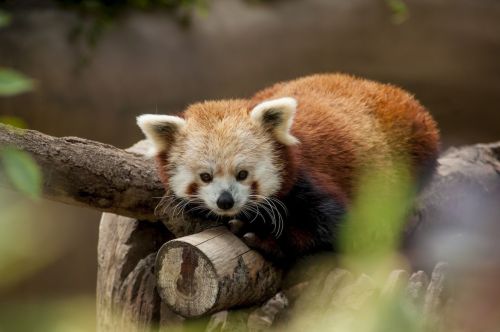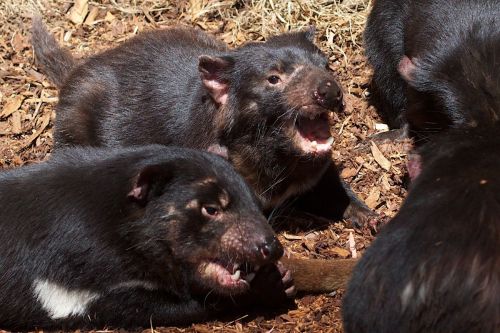They share an ancestry with moles, shrews, and solenodons. Hedgehogs were introduced to Europe, Asia, Africa, and New Zealand, and currently cannot be found in the wild in the Americas. They appeared in the Oligocene, approximately 30 million years ago. They are very social, easily bind with humans, and are natural allies of gardeners and foresters.
Hedgehogs occur naturally neither in Australia, nor any Americas. There are several species present in New Zealand by introduction.
The Hedgehog species of Amphechinus was present in North America in the Miocene (23,03-5,3 million years ago) but went extinct.
Depending on the habitat, hedgehogs inhabit forests, grasslands, and deserts.
Their body mass ranges from 400 to 1900 grams, with a body length of approximately 40 centimeters. Their body composition is bulky, with a flat head ending with a prolonged snout. The hedgehog’s eyes are small and black.
Spikes are transformed hair, sturdily attached to their bodies. They are neither poisonous nor particularly stingy.
Its defense mechanism is effective against most predators, however, desert hedgehogs are not so thickly covered in spikes due to high temperatures, thus they prefer to flee from danger instead.
Badgers’ long and durable claws are not prone to injury while in contact with hedgehogs’ spikes. The hedgehog population in habitats domiciled by badgers is typically very small.
Various studies suggest between 50.000 and 100.000 hedgehogs die each year on roads.
They feed on fruits, fungi, other animals, and even carrion. Animal food is, however, the mainstay of nutrition for these mammals. They feed mainly on earthworms, which are easy prey for them, however, they enrich their menu with insects, snails, bird eggs, chicks, small mammals, and amphibians. Hedgehogs are very valuable in controlling crop pest populations.
They are also reported to like dry cat food.
Responsible for this myth is Pliny the Elder, a Roman philosopher, who claimed in the encyclopedic Naturalis Historia that hedgehogs stock up apples for winter.
It is not recommended to feed apples to hedgehogs. If, however, there is a will or necessity, apples should be rid of seeds, peeled, and cut into small pieces.
Many countries consider hedgehogs a perfect symbol due to their peaceful nature, yet the ability to defend themselves when the need arises.
They typically bury themselves under fallen leaves or compost and wake up during summer, when the temperature reaches approximately 15 degrees Celsius.
They sleep through most of the day, hidden in bushes, scrubs, under rocks, or inside burrows. Exceptionally, they can venture out during the day after rainfalls.
Their spikes possess air chambers that support swimming and ensure better buoyancy, allowing them to float on the water's surface.
Not every species, however, possesses this ability. The best swimmers are:
They believed Ahura Mazda, god of the sky, created them as envoys of truth and light. They valued hedgehogs for consuming vermin that destroyed crops.
Young is scarcely covered with white and brittle spikes. They are born blind, opening their eyes after three weeks. They are nurtured with milk for about six to eight weeks, while their spikes thicken.
Their mortality rate is mostly caused by predators, among which are badgers, dogs, or owls. The upper age limit for the western hedgehog is considered to be nine years old, but some specimens exceed that limit.
Dr Sophie Lund Rasmussen of the University of Southern Denmark, during her research, conducted around 700 autopsies of hedgehogs. During her research, she analyzed the jaws of potentially 13- and 16-year-old specimens.
When they eat or smell something foul, they immediately spit white foam of saliva on their spikes.
Hedgehogs make lots of sounds: trotting in search of food, they make a snarling voice, purr or cough. Upset, they puff, snort, and even growl loudly.
The full set of teeth grows within the first three weeks of life. Hedgehogs do not possess deciduous teeth, thus they have to tend to their teeth with utmost care. Once a tooth is lost, it will not grow back.
They are divided into five genera: erinaceus, paraechinus, mesechi nus, atelerix, and hemiechinus.












